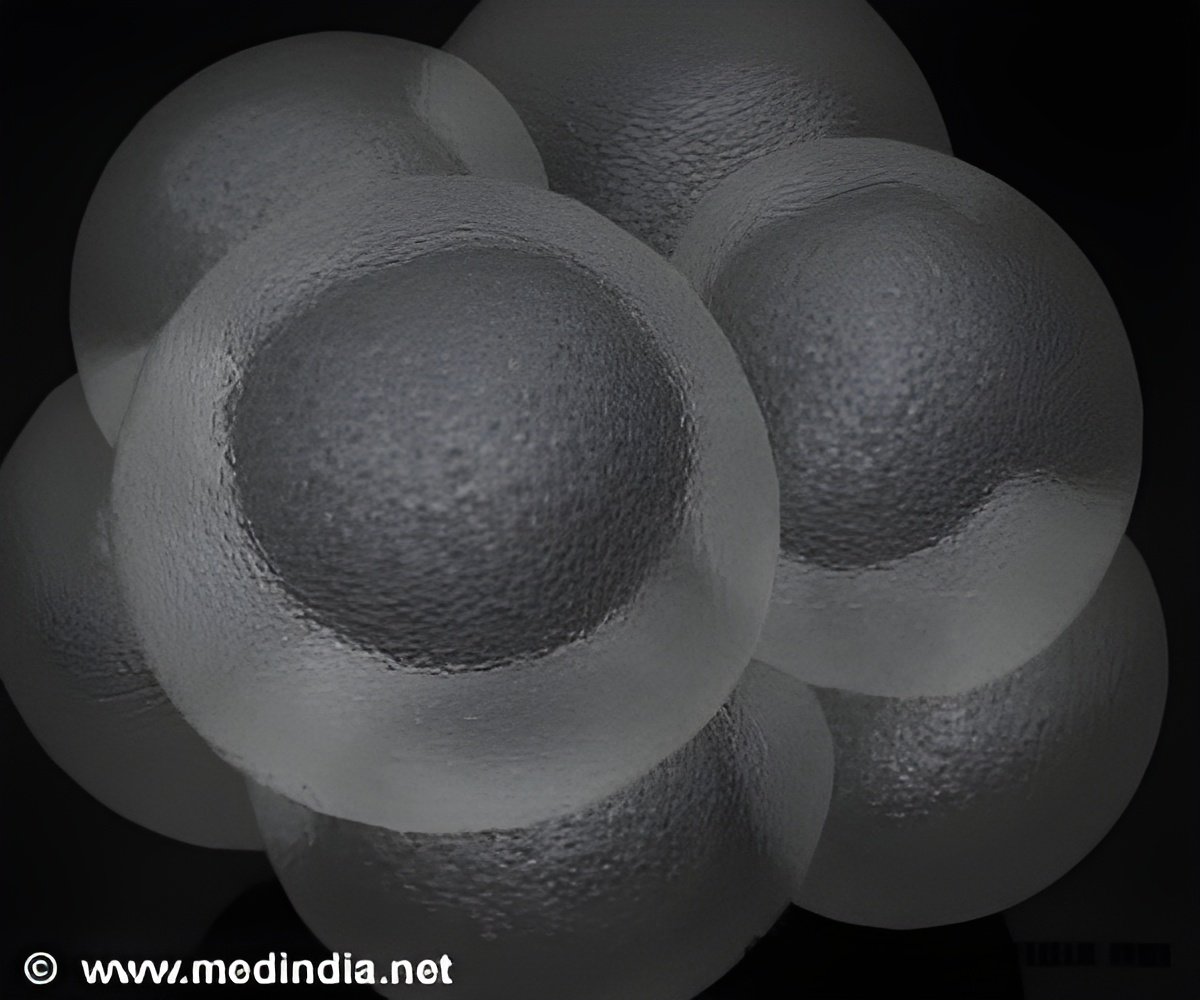Human papillomavirus (HPV) is one of the most common causes of sexually transmitted infection (STI) in the world.
Human papillomavirus (HPV) is one of the most common causes of sexually transmitted infection (STI) in the world. More than 100 different types of HPV exist, most of which are harmless. HPV is a virus, which can affect mucous membranes, causing warts to grow in the anal, genital, oral cavities or respiratory locations of the body. Genital warts or venereal warts are the most easily recognized sign of genital HPV infection. The presence an STD in a child has always been a cause of much concern, and genital or anal warts in children were thought to be associated with sexual abuse. Children who have been sexually victimized are thought to be at an increased risk for infection.
However, new research published in the October issue of Pediatrics, shows that this symptom alone may not indicate that a child has been abused. This study, conducted at Departments of Dermatology and Pediatrics, St Louis University Health Sciences Center, Missouri, was undertaken to assess the prevalence of subclinical mucosal HPV in cases of suspected or confirmed sexual abuse in children by polymerase chain reaction (PCR) analysis. This technique is rapid, simple, highly sensitive, and does not require anesthesia or biopsy for the detection of anogenital HPV in children.
The subjects included 40 children, more than half with physical evidence of sexual abuse and a high rate of Chlamydia infection. This sample would be expected to yield a biased high rate of subclinical HPV infection as well, but did not. The results of this study suggest that subclinical HPV infection is possible, but not commonly associated with sexual abuse in children.









